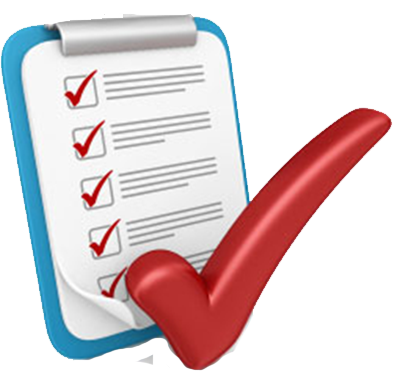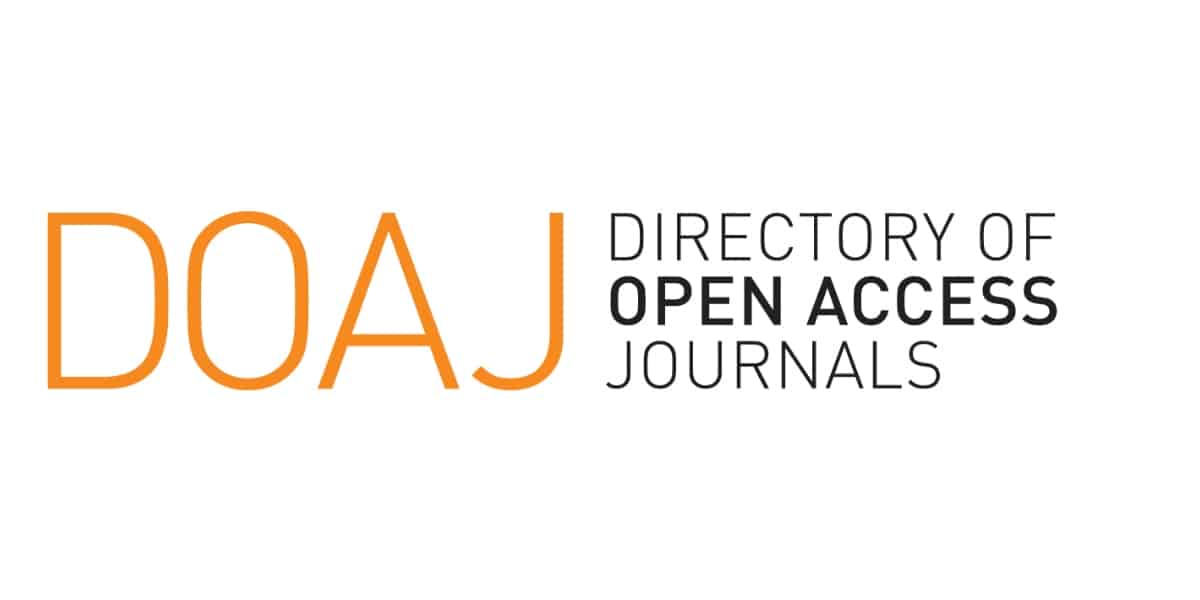Strategi Peningkatan Volume Tinja yang Masuk ke Instalasi Pengolahan Lumpur Tinja Menggunakan Metode Regresi Logistik dan Analytical Hierarchy Process Multilevel
Keywords:
IPLT, logistic regression, AHP, sanitation, fecal volume, circular economyAbstract
This study assesses the technical, social, and economic aspects of IPLT with the objective of increasing the volume of fecal matter entering IPLT in Lamongan Regency. The analysis of the existing condition of IPLT, the interviews with stakeholders, and the logistic regression with NCSS identified the main factors influencing the low stool volume. The results demonstrated that land height (Coefficient 3.5318, Odds Ratio 34.18547) and income (Coefficient 0.03151, Odds Ratio 1.03201) had a statistically significant impact on the frequency of fecal suction. The strategic priorities identified through AHP are IPLT capacity building, community education, and effective implementation of retribution. The program is supported by the participation of the community (65.1%), the government (27.9%), and IPLT members (7%) with a sustainable circular economy approach.
References
[1] Direktorat Jenderal Cipta Karya. (2017). Perencanaan Pelayanan Lumpur Tinja (Buku E).
[2] Jadiaman Parhusip. (2019). Penerapan Metode Analytical Hierarchy Process (AHP) Pada Desain Sistem Pendukung Keputusan Pemilihan Calon Penerima Bantuan Pangan Non Tunai (BPNT) Di Kota Palangka Raya. Jurnal Teknologi Informasi Jurnal Keilmuan dan Aplikasi Bidang Teknik Informatika, 13(2), 18–29.
[3] Kementerian Pekerjaan Umum dan Perumahan Rakyat. (2017). Peraturan Menteri Pekerjaan Umum dan Perumahan Rakyat Nomor 04/PRT/M/2017 tentang Penyelenggaraan Sistem Pengelolaan Air Limbah Domestik. Jakarta: Kementerian Pekerjaan Umum dan Perumahan Rakyat.
[4] Kementerian PUPR, Rakyat. https://doi.org/10.1016/j.envres.2022.114389
[5] Kementerian PUPR. (2022). Buku Saku Petunjuk Konstruksi Sanitasi. 1–52.
[6] Khan, S. A. R., Piprani, A. Z., & Yu, Z. (2022). Digital technology and circular economy practices : Future of supply chains. Operations Management Research, 15 (3-4), 676-688. https://doi.org/10.1007/s12063-021-00247-3
[7] Menteri Lingkungan Hidup dan Kehutanan. (2016). Peraturan Menteri Lingkungan Hidup dan Kehutanan Republik Indonesia Nomor R: P.68/Menlhk-Setjen/2016 Tentang Baku Mutu Air Limbah Domestik. Peraturan Menteri Lingkungan Hidup dan Kehutanan Republik Indonesia, 1–13.
[8] Metcalf and Eddy, Wastewater Engineering, Treatment and Resource Recovery, Fifth Edition.Pdf. (n.d.).
[9] Oktapiani, R., Subakti, R., Sandy, M. A. L., Kartika, D. G. T., & Firdaus, D. (2020). Penerapan Metode Analytic Al Hierarchy Process (Ahp) Untuk Pemilihan Jurusan Di Smk Doa Bangsa Pelabuhan ratu. Swabumi, 8(2), 106–113.
[10] Pekerjaan Umum (Public Works). (2007). Penyelenggaraan pengembangan sistem penyediaan air minum. ciptakarya.pu.go.id/dok/hukum/permen/permen_18_2007.pdf
[11] Peraturan Pemerintah RI. (2018). Peraturan Pemerintah Republik Indonesia Nomor 2 Tahun 2018 Tentang Standar Pelayanan Minimal. Kementerian Dalam Negeri, 2, 1–35.
[12] Shukla, A., Patwa, A., Parde, D., & Vijay, R. (2023). A review on generation, characterization, containment, transport and treatment of fecal sludge and septage with resource recovery-oriented sanitation. Environmental Research, 216 (P1), 114389.
[13] Sprent, P. (2007). An Introduction to Categorical Data Analysis. In Journal of the Royal Statistical Society Series A: Statistics in Society (Vol. 170, Nomor 4). https://doi.org/10.1111/j.1467-985x.2007.00506_2.x
[14] Takaendengan, T., & Abbas, A. Y. (2021). Analisis Daya Serap Tanah Dengan Metode Uji Perkolasi Di Politeknik Negeri Manado. Jurnal Teknik Sipil Terapan, 3(1), 34. https://doi.org/10.47600/jtst.v3i1.262
[15] USAID. (2016). Panduan keuangan layanan lumpur tinja terjadwal. 38. www.iuwash.or.id
Downloads
Published
Issue
Section
License
Copyright (c) 2024 Fega Belindasari Nasution, Irwan Bagyo Santoso (Author)

This work is licensed under a Creative Commons Attribution 4.0 International License.
















